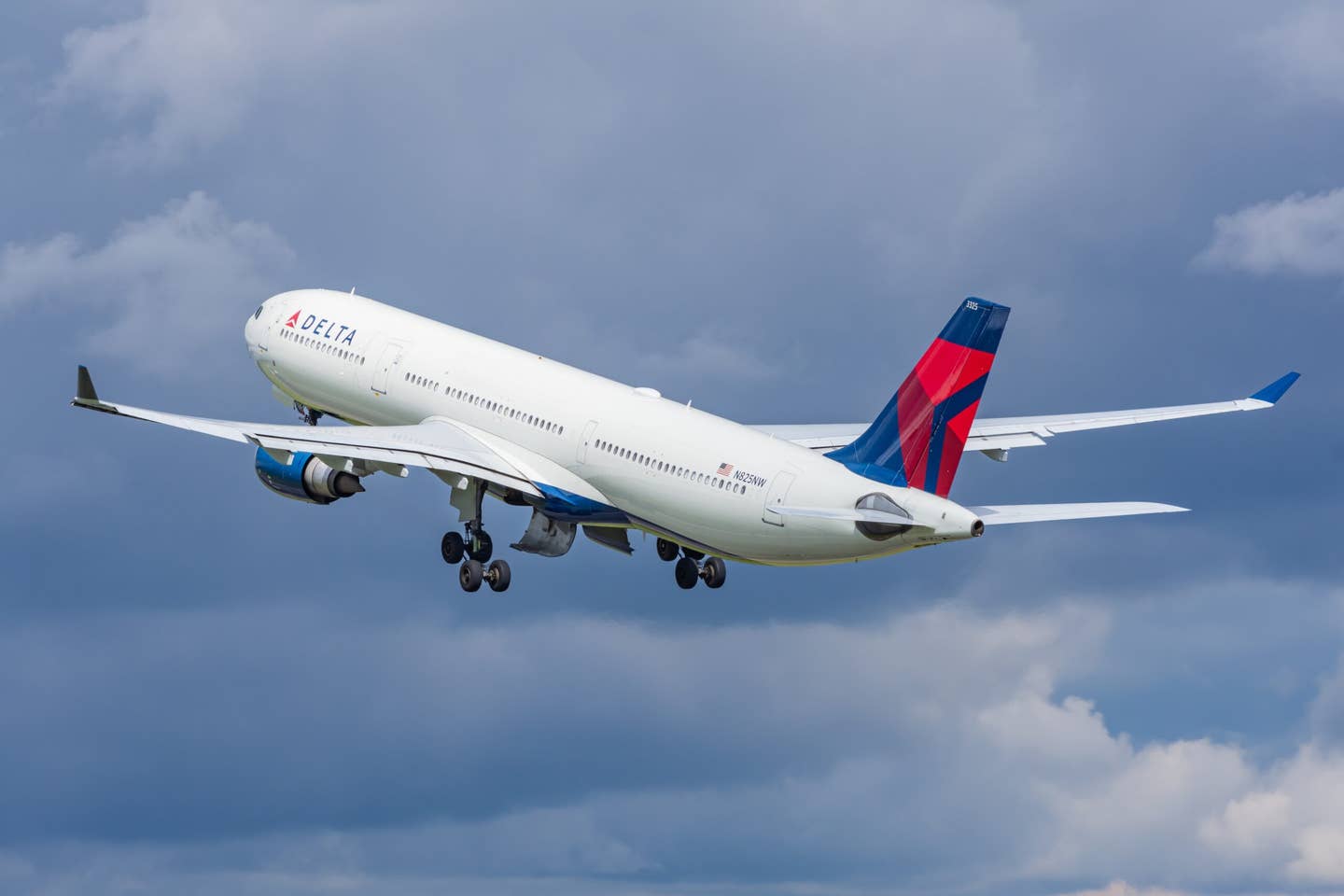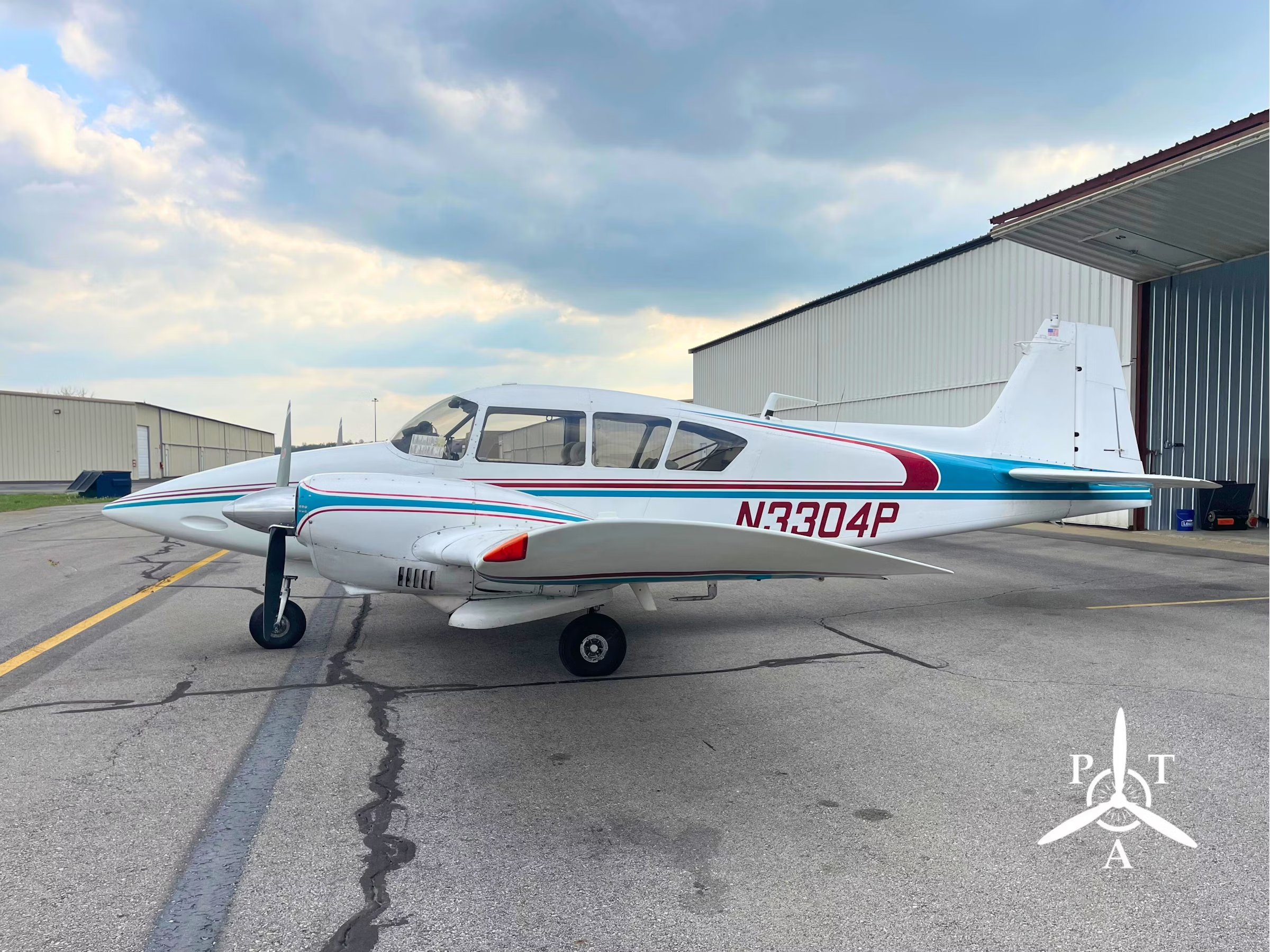
Small, simple, affordable: From vintage Piper Cubs to Aeronca Champs, Ercoupes, Taylorcrafts and Luscombes, these are the airplanes that kindled America’s love affair with general aviation in the 1930s and post-war 1940s. Their common appeal, of course, centered on their minimalist approach to construction, which made them easy to repair when they broke down or suffered damage. Docile flight characteristics and economics that put them within reach of a large cross-section of the population cemented their lasting popularity with pilots who favored fun over utility.
Foreseeing the potential for a modern renaissance in GA built around this same premise, the FAA in 2004 introduced a new category of airplane, the light-sport aircraft (LSA), and the corresponding sport pilot certificate in the hopes of rejuvenating the lighter side of personal aviation by tapping into what originally attracted aviators from that bygone era. At the time, many in aviation held out hope that the introduction of the LSA category and sport pilot license would lead to a new crop of small and inexpensive airplanes to attract younger pilots who would fall in love with flying and then, presumably, step up into larger and more expensive airplanes as their experience — and bank accounts — grew. And because the sport pilot license didn’t require an FAA medical certificate, many predicted that thousands of older pilots would return to aviation as well, fueling a resurgence for the beleaguered light-aviation industry.
It didn’t quite work out that way. As you probably recall, Cessna was among the first of the major manufacturers to unveil an LSA, with the 162 Skycatcher. Piper partnered with a Czech company to market the Piper Sport. Cirrus even considered an existing European-made two-seater that looked as though it might mesh well with its SR series of high-performance piston airplanes, but ultimately abandoned the idea.
Vexingly, the purchase prices for many light-sport aircraft models turned out to be higher than what the market had anticipated. The flying characteristics and build quality of some new LSAs, meanwhile, left much to be desired. The result? Many pilots who were believed to be in the market for LSAs eschewed them for a variety of reasons. For one thing, sport pilots are permitted to carry only a single passenger, and they are limited to flying VFR during the daytime. LSAs, by rule, can fly no faster than 120 knots and are limited to only two seats and a max gross weight of no more than 1,320 pounds. Many looked at the rules, studied the online product brochures, checked the prices — and said no thanks.
As if that weren’t bad enough, today the LSA category faces a new challenge: The FAA is poised to eliminate third-class medical requirements for most private pilots, doing away with one of the primary inducements for aging pilots to go out and earn a sport pilot certificate in the first place. What’s potentially worse news for LSA manufacturers is the coming Part 23 rewrite — new FAA rules that will make it easier and less costly for manufacturers to certify light general aviation airplanes. This new generation of small aircraft will be permitted to have cruise speeds of up to 250 knots. Unlike LSAs, they will be capable of flying in IFR conditions and at night, and they won’t be subjected to the weight and size penalties that have turned many pilots off of LSAs.
Still, that doesn’t mean you shouldn’t consider buying a light-sport aircraft. If pure, unadulterated flying fun is what you seek, dozens of LSA models deliver on that promise. Today, more than 50 LSA manufacturers around the world are selling airplanes, and some of them are very good airplanes indeed. Think about how amazing that stat is. You can argue about whether the LSA rule achieved its original aim, but the fact that so many aircraft manufacturers are creating so many new products is unquestionably a good news story.
In the past decade, market forces have reshaped the LSA category. The Cessna Skycatcher is no longer in production, and Piper and Cirrus aren’t in the market either, but dozens of exceptional LSAs have emerged and many have flourished, each of them with a common goal of making flying more enjoyable and accessible. In this way, the LSA revolution has been a huge success, spurring the creation of aircraft that wouldn’t have existed otherwise.
So what exactly is an LSA? Light-sport aircraft are broken into a few primary classifications. The first are airplanes that are based on existing type certificates and which meet the definition of an LSA (which we’ll explain in detail in a moment). These are your garden-variety Piper Cubs, Aeronca Champs and others that are still providing cheap thrills many decades after they first entered production — the difference being that now sport pilots can fly them too. In addition, gliders, balloons, airships, weight-shift trikes and gyrocopters may also be classified as LSAs if they meet the FAA’s performance criteria.
The second type are special light-sport aircraft (S-LSA). These are 100 percent factory-built new airplanes that the FAA has approved under ASTM standards. Since the first S-LSA appeared in 2005, the FAA has approved more than 125 models, spanning everything from CubCrafters’ Carbon Cub taildragger to the European-made Flight Design CT to Icon Aircraft’s sleek A5 amphibian and many truly incredible machines in between.
The final type of LSAs are experimental light-sport aircraft (E-LSA), and there are a couple of flavors included in this variety. The first are experimental amateur-built (EAB) airplanes that meet the definition of an LSA. The second type of E-LSA is entirely different. These are kits or completed aircraft that are identical to an FAA-approved, factory-built S-LSA. The manufacturer may produce the kit to any level of completion (i.e., there’s no 51 percent rule). A major difference between the S-LSA and E-LSA versions of the same airplanes is that the former may be rented and used for flight instruction, while the latter cannot. One advantage to owning an E-LSA rather than an S-LSA is that, with an FAA sign-off, you can perform your own annual inspections rather than hire a mechanic.
Ultralights, meanwhile, continue to fit into their own category, Part 103. They can have only one seat and must weigh less than 155 pounds. Many ultralights, including weight-shift-controlled aircraft and powered parachutes, were once eligible to transition to experimental light-sport aircraft status, but that transition must have been completed no later than January 31, 2008.
So what are the criteria all light-sport aircraft must adhere to? As you might guess, it’s pretty straightforward. To meet the LSA definition, an airplane must have the following: a single engine; a max gross weight of less than 1,320 pounds for a landplane, or less than 1,430 pounds for an amphibian; a level flight speed of no faster than 120 knots indicated at full power; a stall speed no faster than 45 knots in a clean, flaps-retracted configuration; no more than two seats; and no complex controls, such as inflight prop pitch control and retractable gear (though there have been exceptions to this one). The rules also state that an LSA must have an empty load that will accommodate full seats and a reasonable amount of fuel. Sport pilots (and those holding higher-level pilot licenses who are flying as sport pilots) are permitted to fly any legal aircraft that meets the LSA definition.
If you can live with the limitations the LSA category imposes, the great news is that you’ve opened yourself up to a new world of possibilities. You can buy a brand-new airplane that costs half or even a quarter of what even fairly basic new Part 23 light airplanes sell for, burns half the fuel, offers lower maintenance costs, and offers all the fun flying characteristics, if not more.
Obviously, space prevents us from listing all the LSA models you might choose from, but we’ve selected photos with basic specs of several models that represent a broad sampling of aircraft types and which comprise some of the industry’s bestsellers. We can also vouch from experience that these airplanes fly well — something that can’t be said for every LSA out there, and a fact of life for certain airplanes with light wing-loading that have been described as “twitchy,” especially when flying in windy conditions.
One of the big unanswered questions is how the general aviation landscape might be reshaped once the Part 23 rewrite takes effect. It’s reasonable to assume that GA’s oldest and best-known names will introduce new aircraft to take advantage of the more liberal certification regulations, but it’s equally true that tomorrow’s top-selling Part 23 airplanes might be those produced by today’s LSA makers, which can take what they have learned from producing small two-seaters and apply that knowledge to larger, faster airplanes. Indeed, we’re already seeing signs of that shift as European companies including Flight Design and Pipistrel eye the market for GA four-seaters that can match or beat the established competition in performance and price.
In the end, the LSA rule’s biggest impact on aviation might not be the products it spurred, but rather the role it played in convincing the FAA that relaxing certification regulations was a worthwhile endeavor. Without LSAs and the sport pilot certificate, it’s doubtful the FAA ever would have moved forward as quickly as it has with the Part 23 rewrite. And proponents of eliminating the third-class medical requirements for private pilots wouldn’t have the reams of data proving that allowing it for sport pilots wrought no negative consequences. The fact that we also wound up with a small but vibrant market segment that is producing some amazing new airplanes is a bonus worth cheering.
U.S. Sport Aviation Expo
Sebring, Florida / January 25-28, 2017
This year marks the 13th running of the U.S. Sport Aviation Expo in Sebring, Florida, an event that has become synonymous with the LSA market and will feature more than 120 exhibitors, including many of the industry’s leading light-sport aircraft manufacturers.
The expo will feature dozens of educational workshops and forums, as well as demo flights by a variety of LSA models. The show has grown each year since the first expo in 2004, including with an aircraft sales area for private owners who are looking to sell their airplanes. Underwing camping is permitted by pre-registering for a fee of $15 per night or $45 for the entire event. Tickets to the show are $20 per day ($18 for AOPA and EAA members) or $70 for a four-day pass. Youth passes are $10 per day or $30 for all four days, and children 10 and under can attend for free.
New this year, pilots visiting Florida will have the opportunity to receive an FAA medical exam on site and leave with a second- or third-class medical certificate. An aviation medical examiner will be on hand to perform medical exams, after which pilots can fill out the required online FAA forms and receive a printed medical certificate. The exam takes 15 to 20 minutes.
To reserve your spot and to register for the show, visit sportaviationexpo.com.

Sign-up for newsletters & special offers!
Get the latest FLYING stories & special offers delivered directly to your inbox






